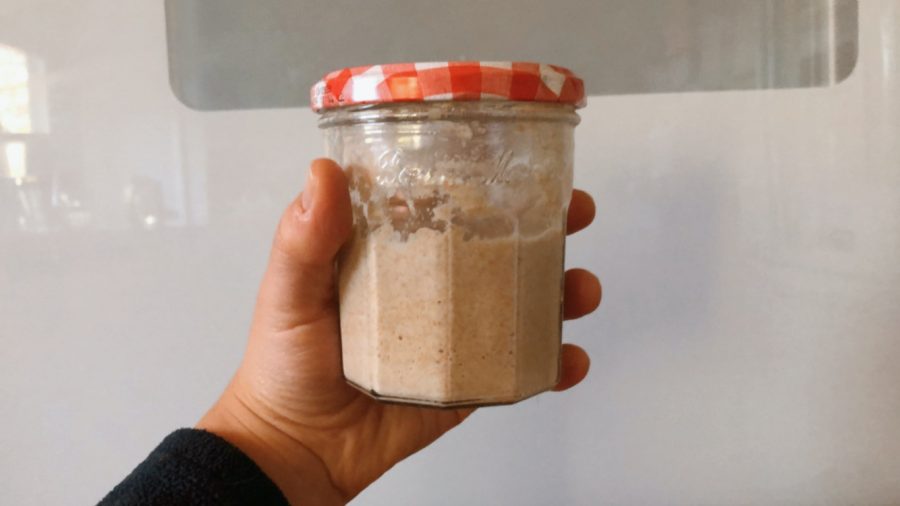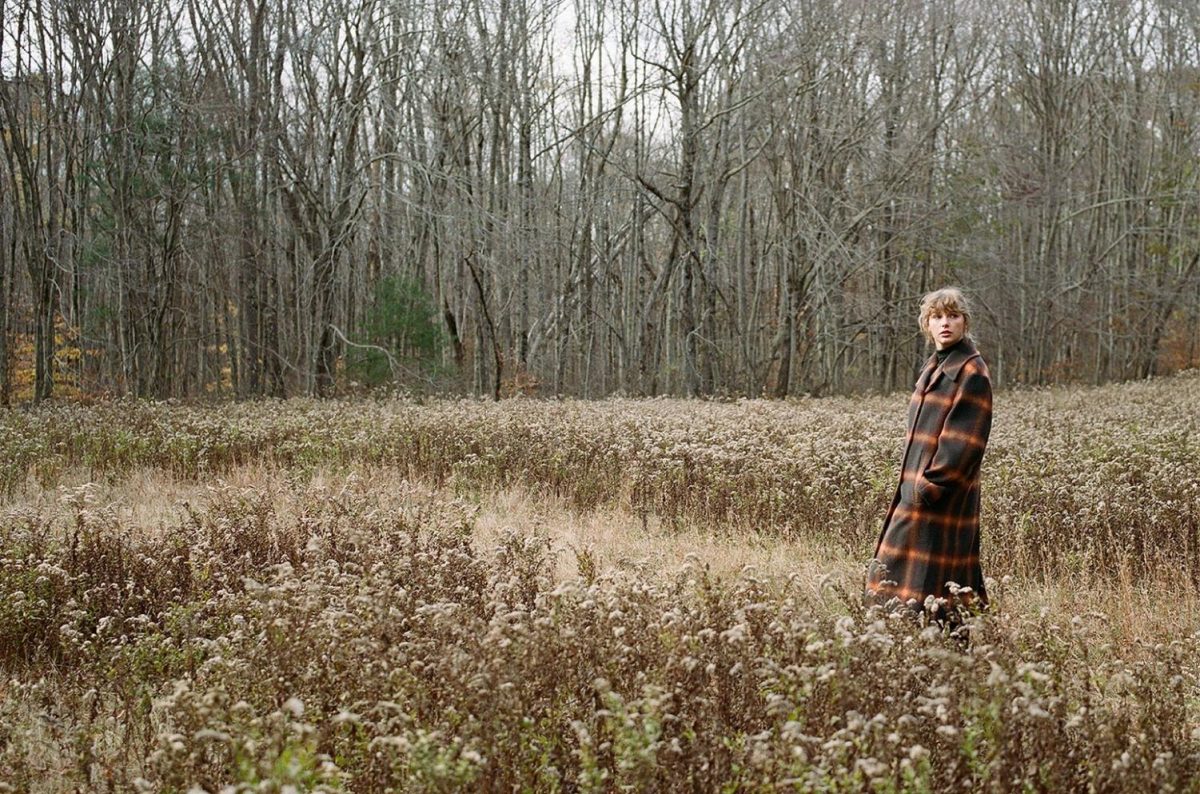Gettin’ That Bread, Pt. 1: The Starter
recipe below
How do you make a loaf of bread?
No, actually—how do you do it? How did people do it in the dark ages before the wonders of sliced bread??
Before I started my sourdough starter, it never even occurred to me that bread was a living food. That’s PB&Js, brioche, hamburger buns, baguettes… everything.
At its core, all bread has three components: flour, water, and salt. However, using the flour and water, traditional bread requires a crucial component—the leavening agent, usually a yeast.
Without the bacteria and yeast cultures that make the bread “rise,” you end up with a bread product that’s flat and dense. Matzo crackers are a great example of “unleavened” bread. In contrast, yeast breads tend to be lighter and softer, and they often have large holes or air pockets inside.
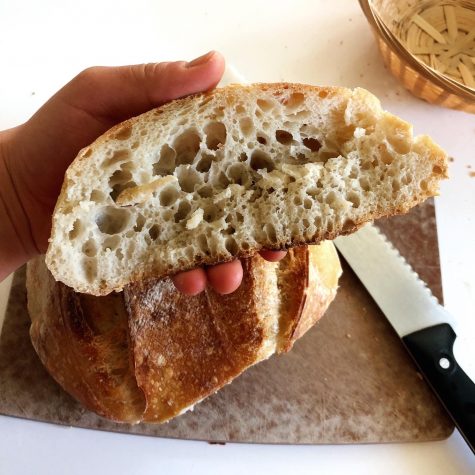
Bread rises because the yeast and bacteria cultures ferment, letting off carbon dioxide and creating bubbles, sort of like in a can of pop. Bread “rise” can also Then, during baking, the water in the dough quickly evaporates in the oven, forming air bubbles. Proteins in the flour, like gluten, transform under heat, creating a web that maintains the shape of these bubbles.
So what is sourdough? The COVID-19 pandemic led everyone scrambling for flour and starters, and for many, this was their first venture into the world of fermentation!
Commercially, the bread you’d buy in a plastic bread bag at a grocery store was likely fermented with commercially grown yeast. Like most products made for manufacturing and widespread use, commercial yeast tends to be homogenous species of yeast, and yields predictable, uniform results.
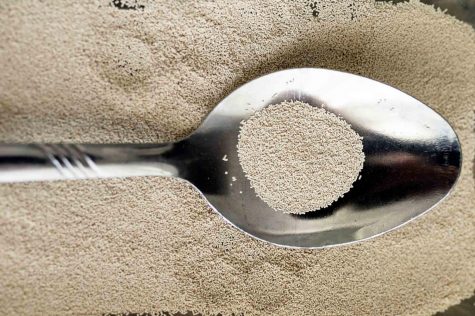
In contrast, sourdough is homemade. A sourdough culture grown in New York will be completely different from one in Australia, largely because the culture takes organisms from the air, and NYC’s atmospheric microbiome is completely different from Australia’s. There’s a bakery called Boudin Bakery in San Francisco, California, that is particularly famous for its San Francisco sourdough that you can’t get anywhere else in the world!
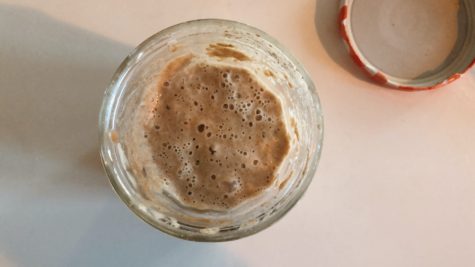
What is a sourdough starter?
A sourdough starter is a living culture of yeast organisms (usually Saccharomyces cerevisiae). You need one to make real, sourdough bread, and you can either buy one (I recommend King Arthur Flour), or make your own!
How to make a sourdough starter:
- Mix 1 cup of whole wheat flour with ½ cup of warm water in a jar. Cover (not airtight) and let sit for 24 hours.
- Day 2: discard half of the flour/water mixture, and add ½ cup flour and ½ cup warm water.
- It is best not to dump “discard” starter down the drain—the hardened, wet flour can really damage your pipes! Instead, throw it away, look up a recipe for “sourdough discard,” or compost it
- Days 3-7: keep feeding the starter, letting it sit on your countertop. By the end of 1-2 weeks, you should start seeing bubbles. Congratulations! You have a starter!
- King Arthur Flour has great resources for sourdough starters!
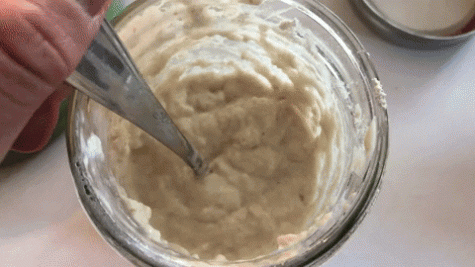
How I maintain my starter:
I do take shortcuts when it comes to my sourdough. My starter has been alive for over 3 years, so it can definitely endure being forgotten for longer periods of time. Your baby starter might need more attention!
I keep my starter in a jar anywhere between 2-16oz and refrigerate it, depending on what I put it in! Every Thursday night, I take it out and feed it approximately 15g whole wheat flour, 15g all-purpose flour, and 30g water. I leave it out for about 12 hours, feed it again, and stick it back into the refrigerator. And that’s it! (Well, until I have to bake with it… look for Part 2!)
I learned a lot about sourdough from King Arthur Flour, and I would suggest consulting their website for some great advice! Otherwise, a lot of what I know comes from direct experience—and I promise, your starter culture is a very tolerant companion!
But maybe you’re ready to start baking… head over to Pt. 2: The Sourdough for more!

